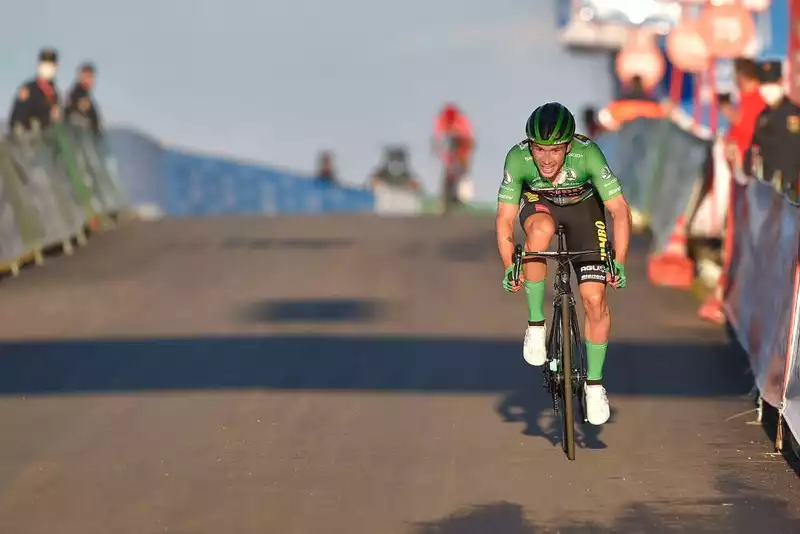Primoš Roglic lost the overall lead of the Vuelta a España last Sunday after a rain jacket failure, but three days later, Jumbo Visma came within a hair's breadth of recapturing La Roja with a dramatic summit victory on stage 8 without a huff.
A thrilling High Sierra duel between Roglic and race leader Richard Carapas (Ineos Grenadiers) unfolded in the closing stages of Alto de Moncalvillo. However, it was not a foregone conclusion.
Logrich, who had followed Kalapas while chasing Hugh Kersee (EF Pro Cycling), single-handedly pulled the slight group of favorites back to the Ecuadorian, crushed an attack by Alexandre Vlasov (Astana Pro Team), and finally overtook Kalapas directly.
In the last kilometer, the steepest and most unprecedented in Vuelta history, the gap between the two widened, closed, and widened again.
At the summit, Roglic scored his second stage win, putting him 17 seconds ahead of Carapaz, including time bonuses, and all remaining GC rivals. On the contrary, on Wednesday's evidence, Roglic was the coming man of the Vuelta.
"It was super hard at the end, and I'm super happy because I had the legs to push a little more today and win a stage," said Roglic, who is looking to make a Grand Tour comeback after a shock last-minute loss in the Tour de France.
"I always want to win, so if I get a small chance, I'll definitely take it. It would be nice to get a few seconds back, but most of all I'm happy to win races."
Jumbo Visma had a difficult start, with Tom Dumoulin's retirement followed by Roglic's mistake in the Pyrenees still echoing gently in the mindset of the entire race. In Montcalvillo, however, teammate Sepp Kuss proved to be a strong climber in the Tour, and Roberto Gesink also rode well in the early stages of the race.
"I already knew after stage 6 [in the Pyrenees] that I had made a mistake [with my rain jacket]," said Kuss.
"Today's stage started off boring and slow, but then the pace picked up and it was super hard at the end. I didn't know about the last climb, but if you want to win you have to go for it because it's a good chance."
[20Ultimately, however, his winning strategy was instinctive.
Whether he used his heart or his head, one strategy that seems to have changed significantly from the 2019 Giro, when Roglic and Karapas last crossed swords, is that the Slovenian did not give the Ecuadorian, who beat him in the Italian Grand Tour, any room.
While the common interpretation of the 2019 Giro is that Roglic and his nemesis Vincenzo Nibali spent too much time observing each other rather than chasing down Calapaz, the Slovenians had a simpler analysis: in Italy in May 2019, Cala did not have the ability to chase or attack the pass, and in October 2020 they did.
"First of all, you need leg strength to follow him when he attacks, and I didn't have that leg strength [in 2019]," explained Roglic. 'But he's a super strong rider and he's still the leader of the Vuelta. If I can keep up with him, I have to follow him. "
And judging from the evidence at Wednesday's Vuelta, if he can drop Calapaz, Roglic might too.
.

Comments